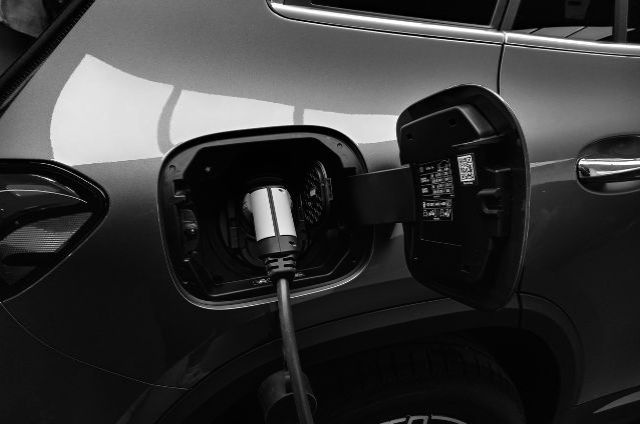The Charging Advice You Always Hear
If you’re shopping for an electric car, you’ve likely been told one thing: you need a Level 2 charger at home.
For many buyers, that means hiring an electrician, running a new 240V line, and spending $700 to $1,500 on equipment and labor. It sounds like a must-have—but here’s the truth: you might not need one at all.
Real Drivers Are Skipping It
More and more EV owners are proving that a standard 120V wall outlet—also known as Level 1 charging—gets the job done.
One Hyundai Kona EV owner with a 70-mile round-trip commute reported no issues using the included Level 1 charger every night. By the morning, the car is at 80% charge—without any upgrades, additional costs, or complications.
And this isn’t an isolated case. From Chevy Bolts to Tesla Model 3s, many drivers across the U.S. use Level 1 chargers daily. As long as the EV is parked overnight and your commute is moderate, Level 1 can easily recharge your battery while you sleep.
Is Level 2 Still Better?
Absolutely. Level 2 chargers are faster, more efficient, and better suited for certain use cases. You should consider installing one if you:
- Drive long distances every day
- Live in a region with cold winters
- Own a large battery EV like a truck or SUV
- Want to charge during low-rate electricity windows (TOU pricing)
Even then, you can always install it after you’ve lived with the car for a while and assessed your true needs.
Try Level 1 First
If you drive 40–50 miles or less per day, Level 1 charging may be all you need. It’s easy, affordable, and doesn’t require permits, inspections, or electrical upgrades. Just plug in when you get home, and you’ll wake up ready to roll.
The Bottom Line
Before spending extra on charging hardware, consider your lifestyle and habits. You might be surprised at how well Level 1 works.
Simple can be smart—and sometimes, it’s all you need.



